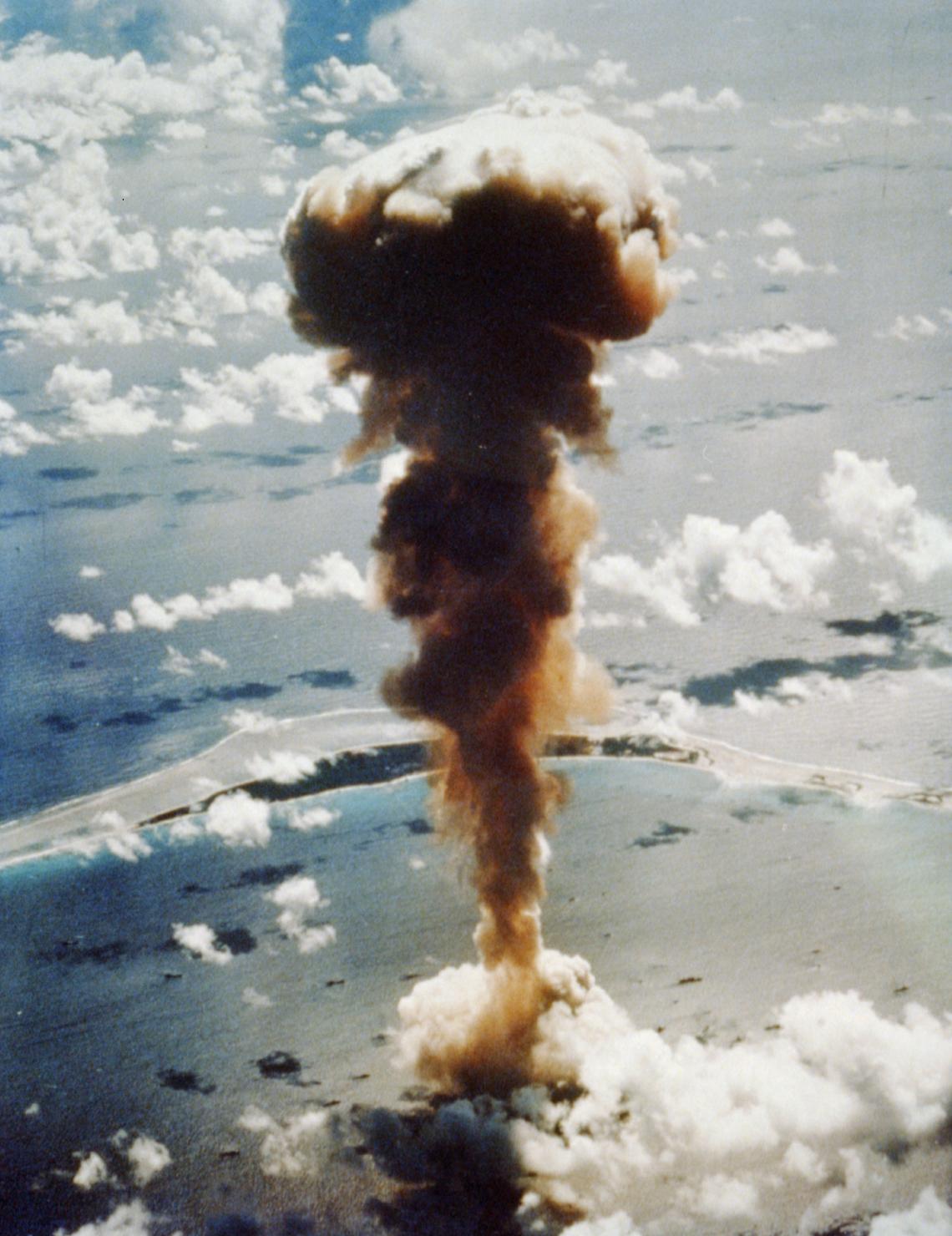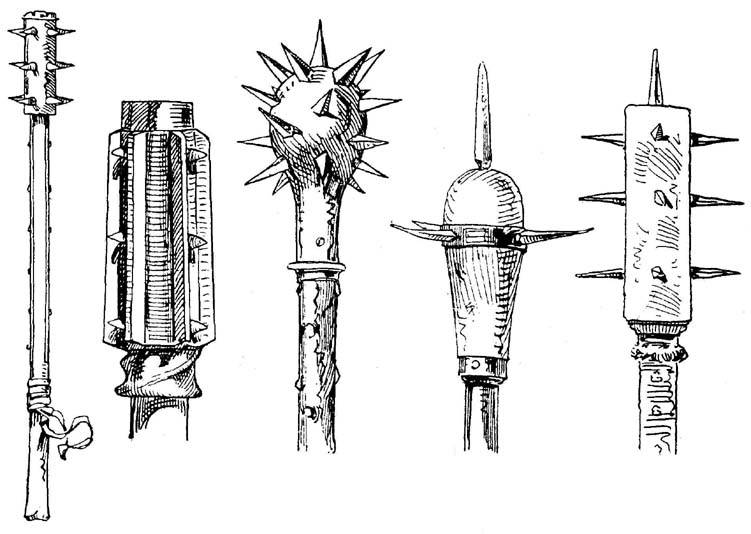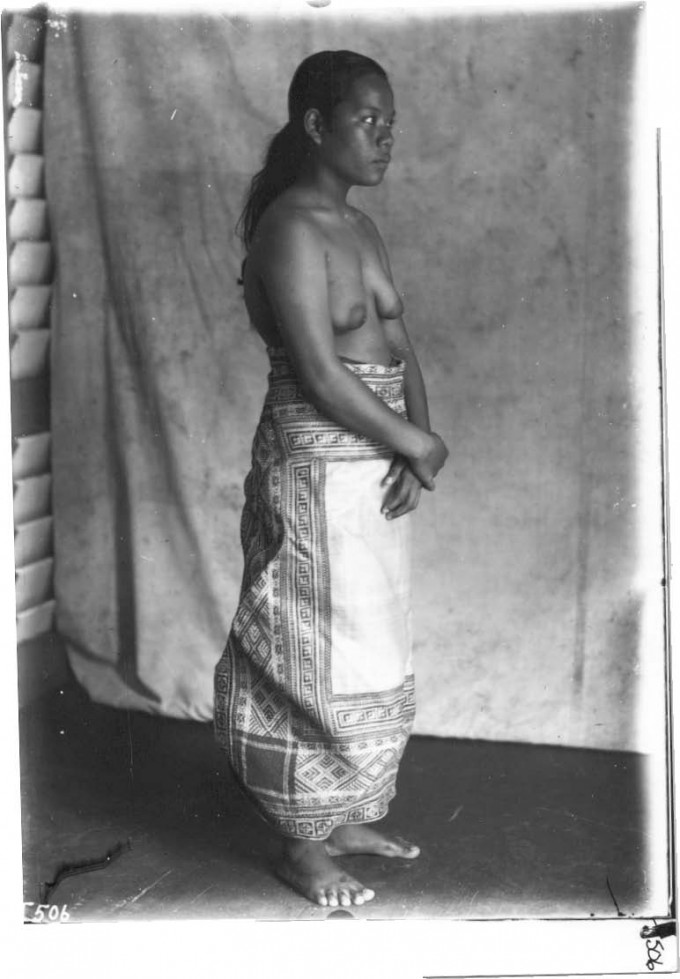|
Castle Koon
The Koon shot of Operation Castle was a test of a Thermonuclear weapon, thermonuclear device designed at the University of California, University of California Radiation Laboratory (UCRL), now Lawrence Livermore National Laboratory (LLNL). The "dry" two-stage Mark 22 nuclear bomb, device was known as "Morgenstern", and had a highly innovative secondary stage. It was tested on April 7, 1954. The predicted yield was between 0.33 and 3.5 megatons, with an expected yield of 1 megaton. The actual yield was 110 kilotons. Morgenstern was thus a Fizzle (nuclear test), fizzle. Post-shot analysis showed that the failure was due to the premature heating of the secondary by the neutron flux of the primary. This was a simple design defect, and not related to the unique geometry of the secondary. The UCRL's other shot, the "wet", i.e., cryogenic, Ramrod device, originally scheduled for the ''Echo'' shot, was cancelled because it shared the same design defect. The name "Morgenstern" (German f ... [...More Info...] [...Related Items...] OR: [Wikipedia] [Google] [Baidu] |
Operation Castle
Operation Castle was a United States series of high-yield (high-energy) nuclear tests by Joint Task Force 7 (JTF-7) at Bikini Atoll beginning in March 1954. It followed ''Operation Upshot–Knothole'' and preceded ''Operation Teapot''. Conducted as a joint venture between the Atomic Energy Commission (AEC) and the Department of Defense (DoD), the ultimate objective of the operation was to test designs for an aircraft-deliverable thermonuclear weapon. All the devices tested, which ranged in weight from , were built to be dropped from aircraft. However, ballistic casings, fins and fusing systems would have to be attached. Operation Castle was considered by government officials to be a success as it proved the feasibility of deployable "dry" fuel designs for thermonuclear weapons. There were technical difficulties with some of the tests: one device had a yield much lower than predicted (a " fizzle"), while two other bombs detonated with over twice their predicted yields. One te ... [...More Info...] [...Related Items...] OR: [Wikipedia] [Google] [Baidu] |
Fizzle (nuclear Test)
A fizzle occurs when the detonation of a device for creating a nuclear explosion (such as a nuclear weapon) grossly fails to meet its expected yield. The cause(s) for the failure can be linked to improper design, poor construction, or lack of expertise.Staff Writer.NBC Weapons: North Korean Fizzle Bomb" ''Strategy Page.'' Retrieved on 2008-05-04. Earl Lane.Nuclear Experts Assess the Threat of a "Backyard Bomb”" ''American Association for the Advancement of Science.'' Retrieved on 2008-05-04. All countries that have had a nuclear weapons testing program have experienced some fizzles.Meirion Jones.A short history of fizzles" ''BBC News.'' Retrieved on 2008-05-04. A fizzle can spread radioactive material throughout the surrounding area, involve a partial fission reaction of the fissile material, or both.Theodore E. Liolios.The Effects of Nuclear Terrorism: Fizzles" (PDF) ''European Program on Science and International Security.'' Retrieved on 2008-05-04. For practical purposes, a ... [...More Info...] [...Related Items...] OR: [Wikipedia] [Google] [Baidu] |
1950s In The Marshall Islands
Year 195 ( CXCV) was a common year starting on Wednesday (link will display the full calendar) of the Julian calendar. At the time, it was known as the Year of the Consulship of Scrapula and Clemens (or, less frequently, year 948 ''Ab urbe condita''). The denomination 195 for this year has been used since the early medieval period, when the Anno Domini calendar era became the prevalent method in Europe for naming years. Events By place Roman Empire * Emperor Septimius Severus has the Roman Senate deify the previous emperor Commodus, in an attempt to gain favor with the family of Marcus Aurelius. * King Vologases V and other eastern princes support the claims of Pescennius Niger. The Roman province of Mesopotamia rises in revolt with Parthian support. Severus marches to Mesopotamia to battle the Parthians. * The Roman province of Syria is divided and the role of Antioch is diminished. The Romans annexed the Syrian cities of Edessa and Nisibis. Severus re-establish his head ... [...More Info...] [...Related Items...] OR: [Wikipedia] [Google] [Baidu] |
1954 In The Environment
This is a list of notable events relating to the environment in 1954. They relate to environmental law, conservation, environmentalism and environmental issues. Events *The Nile perch were introduced into Lake Victoria in East Africa and since then it has been fished commercially. It is attributed with causing the extinction or near-extinction of several hundred native species ;July *The Atomic Energy Act of 1954 was passed in the United States. See also *Human impact on the environment Human impact on the environment (or anthropogenic impact) refers to changes to biophysical environments and to ecosystems, biodiversity, and natural resources caused directly or indirectly by humans. Modifying the environment to fit the need ... References {{Reflist ... [...More Info...] [...Related Items...] OR: [Wikipedia] [Google] [Baidu] |
1954 In Military History
Events January * January 1 – The Soviet Union ceases to demand war reparations from West Germany. * January 3 – The Italian broadcaster RAI officially begins transmitting. * January 7 – Georgetown-IBM experiment: The first public demonstration of a machine translation system is held in New York, at the head office of IBM. * January 10 – BOAC Flight 781, a de Havilland Comet jet plane, disintegrates in mid-air due to metal fatigue, and crashes in the Mediterranean near Elba; all 35 people on board are killed. * January 12 – Avalanches in Austria kill more than 200. * January 15 – Mau Mau leader Waruhiu Itote is captured in Kenya. * January 17 – In Yugoslavia, Milovan Đilas, one of the leading members of the League of Communists of Yugoslavia, is relieved of his duties. * January 20 – The US-based National Negro Network is established, with 46 member radio stations. * January 21 – The first nuclear-powered submarine, t ... [...More Info...] [...Related Items...] OR: [Wikipedia] [Google] [Baidu] |
Nuclear Testing At Bikini Atoll
Nuclear testing at Bikini Atoll consisted of the detonation of 23 nuclear weapons by the United States between 1946 and 1958 on Bikini Atoll in the Marshall Islands. Tests occurred at 7 test sites on the reef itself, on the sea, in the air, and underwater. The test weapons produced a combined fission yield of 42.2 Mt of TNT in explosive power. The United States and its allies were engaged in a Cold War nuclear arms race with the Soviet Union to build more advanced bombs from 1947 until 1991. The first series of tests over Bikini Atoll in July 1946 was codenamed Operation Crossroads. ''Able'' was dropped from an aircraft and detonated above the target fleet. The second, ''Baker'', was suspended under a barge. It produced a large Wilson cloud and contaminated all of the target ships. Chemist Glenn T. Seaborg, the longest-serving chairman of the Atomic Energy Commission, called the second test "the world's first nuclear disaster." The second series of tests in 1954 was code ... [...More Info...] [...Related Items...] OR: [Wikipedia] [Google] [Baidu] |
Explosions In 1954
An explosion is a rapid expansion in volume associated with an extreme outward release of energy, usually with the generation of high temperatures and release of high-pressure gases. Supersonic explosions created by high explosives are known as detonations and travel through shock waves. Subsonic explosions are created by low explosives through a slower combustion process known as deflagration. Causes Explosions can occur in nature due to a large influx of energy. Most natural explosions arise from volcanic or stellar processes of various sorts. Explosive volcanic eruptions occur when magma rises from below, it has very dissolved gas in it. The reduction of pressure as the magma rises and causes the gas to bubble out of solution, resulting in a rapid increase in volume. Explosions also occur as a result of impact events and in phenomena such as hydrothermal explosions (also due to volcanic processes). Explosions can also occur outside of Earth in the universe in events ... [...More Info...] [...Related Items...] OR: [Wikipedia] [Google] [Baidu] |
Edward Teller
Edward Teller ( hu, Teller Ede; January 15, 1908 – September 9, 2003) was a Hungarian-American theoretical physicist who is known colloquially as "the father of the hydrogen bomb" (see the Teller–Ulam design), although he did not care for the title, considering it to be in poor taste. Throughout his life, Teller was known both for his scientific ability and for his difficult interpersonal relations and volatile personality. Born in Hungary in 1908, Teller emigrated to the United States in the 1930s, one of the many so-called "Martians", a group of prominent Hungarian scientist émigrés. He made numerous contributions to nuclear and molecular physics, spectroscopy (in particular the Jahn–Teller and Renner–Teller effects), and surface physics. His extension of Enrico Fermi's theory of beta decay, in the form of Gamow–Teller transitions, provided an important stepping stone in its application, while the Jahn–Teller effect and the Brunauer–Emmett–Teller (BE ... [...More Info...] [...Related Items...] OR: [Wikipedia] [Google] [Baidu] |
Morning Star (weapon)
A morning star (german: Morgenstern) is any of several medieval club-like weapons consisting of a shaft with an attached ball adorned with one or more spikes. Each used, to varying degrees, a combination of blunt-force and puncture attack to kill or wound the enemy. History The morning star first came into widespread use around the beginning of the fourteenth century, particularly in Germany where it was known as ''Morgenstern''. The term is often confused with the military flail (''fléau d'armes'' in French and ''Kriegsflegel'' in German), which typically consists of a wooden shaft joined by a length of chain to one or more iron-shod wooden bars (heavy sword pommels have also been used as weights). However, there are few depictions of such a ball-and-chain flail from the period, so the weapon of this type appears to have been uncommon. Design The morning star is a medieval weapon consisting of a spiked ball mounted on a shaft, resembling a mace, usually with a long spike ... [...More Info...] [...Related Items...] OR: [Wikipedia] [Google] [Baidu] |
Mark 22 Nuclear Bomb
The Mark 22 nuclear bomb (Mk-22) was the first thermonuclear device test by the University of California Radiation Lab (UCRL). The test was part of the ''Koon'' shot of Operation Castle. The Mk-22 failed to achieve anything like its intended yield due to premature heating of the secondary from exposure to neutrons. As the other UCRL test planned for the Castle series, the liquid-fueled "Ramrod" device had the same basic design flaw, that test was canceled. Within a month of the bomb's failure, the Mk-22 was terminated because the United States Atomic Energy Commission The United States Atomic Energy Commission (AEC) was an agency of the United States government established after World War II by U.S. Congress to foster and control the peacetime development of atomic science and technology. President ... realized there was nothing that could be done to salvage the design. References *Hansen, Chuck. ''U.S. Nuclear Weapons''. Arlington, Texas, Areofax, Inc., 1988. . *Gi ... [...More Info...] [...Related Items...] OR: [Wikipedia] [Google] [Baidu] |
Bikini Atoll
Bikini Atoll ( or ; Marshallese: , , meaning "coconut place"), sometimes known as Eschscholtz Atoll between the 1800s and 1946 is a coral reef in the Marshall Islands consisting of 23 islands surrounding a central lagoon. After the Second World War, the atoll's inhabitants were forcibly relocated in 1946, after which the islands and lagoon were the site of 23 nuclear tests by the United States until 1958. The atoll is at the northern end of the Ralik Chain, approximately northwest of the capital Majuro. Three families were resettled on Bikini island in 1970, totaling about 100 residents, but scientists found dangerously high levels of strontium-90 in well water in May 1977, and the residents were carrying abnormally high concentrations of caesium-137 in their bodies. They were evacuated again in 1980. The atoll is occasionally visited today by divers and a few scientists, and is occupied by a handful of caretakers. Etymology The island's English name is derived from t ... [...More Info...] [...Related Items...] OR: [Wikipedia] [Google] [Baidu] |
Lawrence Livermore National Laboratory
Lawrence Livermore National Laboratory (LLNL) is a federal research facility in Livermore, California, United States. The lab was originally established as the University of California Radiation Laboratory, Livermore Branch in 1952 in response to the detonation of the first atomic bomb by the Soviet Union during the Cold War. It later became autonomous in 1971 and was designated a national laboratory in 1981. A federally funded research and development center, Lawrence Livermore Lab is primarily funded by the U.S. Department of Energy and it is managed privately and operated by Lawrence Livermore National Security, LLC (a partnership of the University of California), Bechtel, BWX Technologies, AECOM, and Battelle Memorial Institute in affiliation with the Texas A&M University System. In 2012, the laboratory had the synthetic chemical element livermorium (element 116) named after it. Overview LLNL is self-described as a "premier research and development institution for sci ... [...More Info...] [...Related Items...] OR: [Wikipedia] [Google] [Baidu] |




.jpg)


